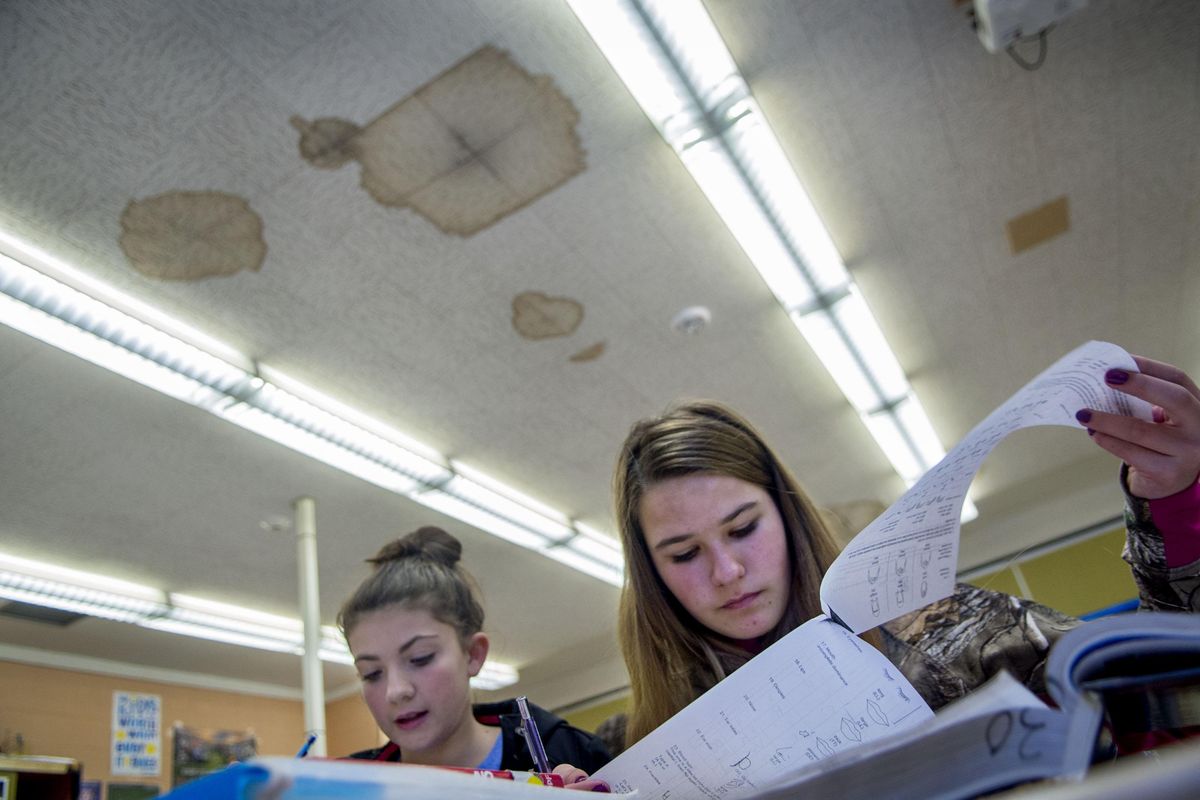Money for rural schools is one of the fights ahead for Congress

A group of Western senators is pushing Congress to give more federal money to rural school districts. But state statutes limit the amount of relief that money would bring and its unpredictability means some schools don’t count on it.
Before members of Congress went home to campaign for the election, 29 senators, including the four from Washington and Idaho, said Congress must reauthorize the Secure Rural Schools and Community Self-Determination Act, a source of money to rural school districts and counties that contain federal forestland.
“Every few years we have to refight the battle to authorize these payments, and it puts these counties in a very precarious position,” said Sen. Mike Crapo, R-Idaho.
Since 1908, the U.S. Forest Service has shared revenue with local communities. Supporters say that since federal land can’t be taxed, the federal support is essential for services like education and road maintenance.
The act, reauthorized annually since 2000, expired in September 2015. The counties received their final payments last March.
According to the letter from the senators, losing Secure Rural Schools money forced counties to “halt infrastructure projects, terminate employees, cancel teacher contracts and reduce numerous other critical local services.” They want the money included in the final budget that must pass this year.
Currently, 22 percent of Washington is federal land managed by the U.S. Forest Service. In Ferry County, which received $835,233 in the last round of payments, that money is essential, said John Glenewinkel, superintendent of the Curlew and Republic school districts.
Earlier this year, the Washington Legislature passed a law sponsored by Sen. John Braun, R-Centralia, that allows the schools to keep the federal money without reducing the amount the state sends them.
The state previously reduced state funding from a school’s budget equal to the amount of federal money they received, said T.J. Kelly, director of school apportionment and financial services at the Office of Superintendent of Public Instruction.
“Being able to have that money, in many cases for our rural schools experiencing severe economic challenges, makes a difference between us being able to offer a full program and offering a minimal program to our kids,” Glenewinkel said.
Washington state divides the federal money equally between counties and rural school districts. In Idaho, the formula is different: 70 percent goes to highway districts, 30 percent to the school districts. The money for districts is calculated based on the prior year’s attendance.
Both Crapo and fellow Idaho Republican Sen. Jim Risch said payments are very important to Idaho counties that receive money, such as Shoshone and Boundary, which were projected to receive $2.6 million and $1.24 million, respectively.
But William Woodford, superintendent of Shoshone County’s Kellogg School District, said the school budget doesn’t factor in Secure Rural Schools money because it is “tentative at best.”
“All we can do is set it aside,” Woodford said. “It’s not that these dollars aren’t important to us, but we put them in a separate account and we use the money primarily for the maintenance of our facilities.”
Although Kellogg School District receives the second-highest amount of Secure Rural Schools money in Idaho, Woodford said it is “very undependable funding” largely due to the split with the county.
“When you divide (Secure Rural Schools funds) up between the three school districts and the county government, that money doesn’t go very far,” he said.
The federal government has sent money to local districts with timberland since the creation of the National Forest Service in 1908. In 1988, timber receipts decreased dramatically because the Endangered Species Act reduced timber harvests throughout the Northwest. The Secure Rural Schools act was developed in 2000 as the latest way to help the counties that had suffered, but Congress has had to periodically reauthorize the payments.
In 2014, forest payments to counties decreased by over 80 percent.
Crapo has been urging Congress to permanently reauthorize the act for the last two years and will continue the push when Congress reconvenes.
Risch said many counties cannot survive without a critical part of the money for their local budgets.
“This is not a partisan matter,” he said. “It is actually between the West and the East. The Eastern states don’t have this problem, but they are sympathetic with our position. We are cautiously optimistic this will get done.”